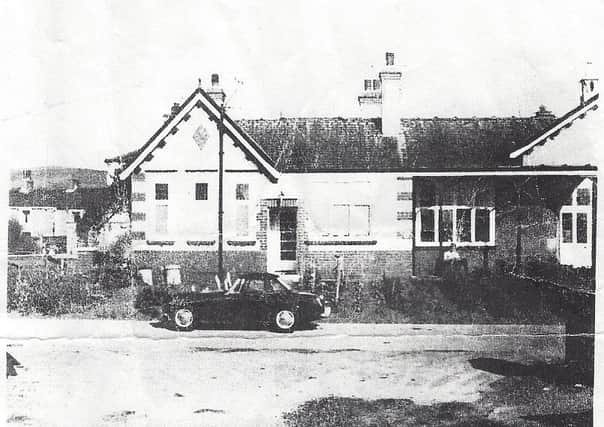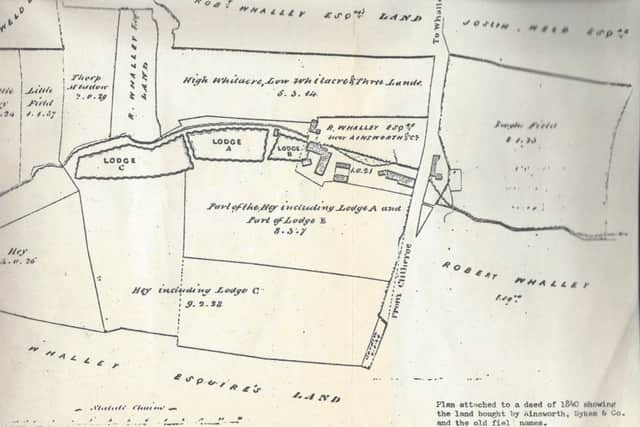Quest to uncover Barrow’s forgotten history


The answer to these and many more questions are being sought out by Kathryn Farnsworth, who aims to be a teacher but in the meantime is trying to teach herself for a project about the half-forgotten history of the village where she lives.
Kathryn (32), a teaching assistant at Barrow Primary School, also works at the Bay Horse pub, and her history quest began after some conversations at the bar.
Advertisement
Hide AdAdvertisement
Hide Ad“People were remembering bits of things from when they were younger,” Kathryn said.


“I’m originally from Clitheroe and didn’t know much about Barrow, and I started to get interested in the village’s history.
“I’m looking for information and old photographs, but I’m surprised that there don’t seem to be many photographs around. It’s as if a lot of the history just stops at the Second World War.”
Former CRGS sixth form student Kathryn, who lives at Cockerill Terrace with husband Barry and son Seth, three, has spoken to Mr Arnold Bettess, who wrote the definitive local history book “Barrow - the development of an industrial village”, and she has also contacted local groups, councillors and villagers, even going round knocking on doors to ask for memories.
Advertisement
Hide AdAdvertisement
Hide AdAlthough the name ‘Barrow’ usually means a burial ground, this Barrow was named after a grove of trees and for many years it was not even on the map, treated as part of nearby Wiswell.


The village’s biggest industry, Barrow Print Works, dated from 1785 and was taken over by the Government for training during the Second World War.
After the war, it was demolished and council houses built on the site, named Washbrook Close and Trafford Gardens in honour of the Lancashire and England cricketer. The factory’s gate house survives as a private house, as does the former village bowling club pavilion built in 1912.
Kathryn also wants to unearth history and photographs of the old village police station, the Co-op, the two chapels and the fish and chip shop.
If you can help with Kathryn’s project, email [email protected] or leave a message on 07814 034939.